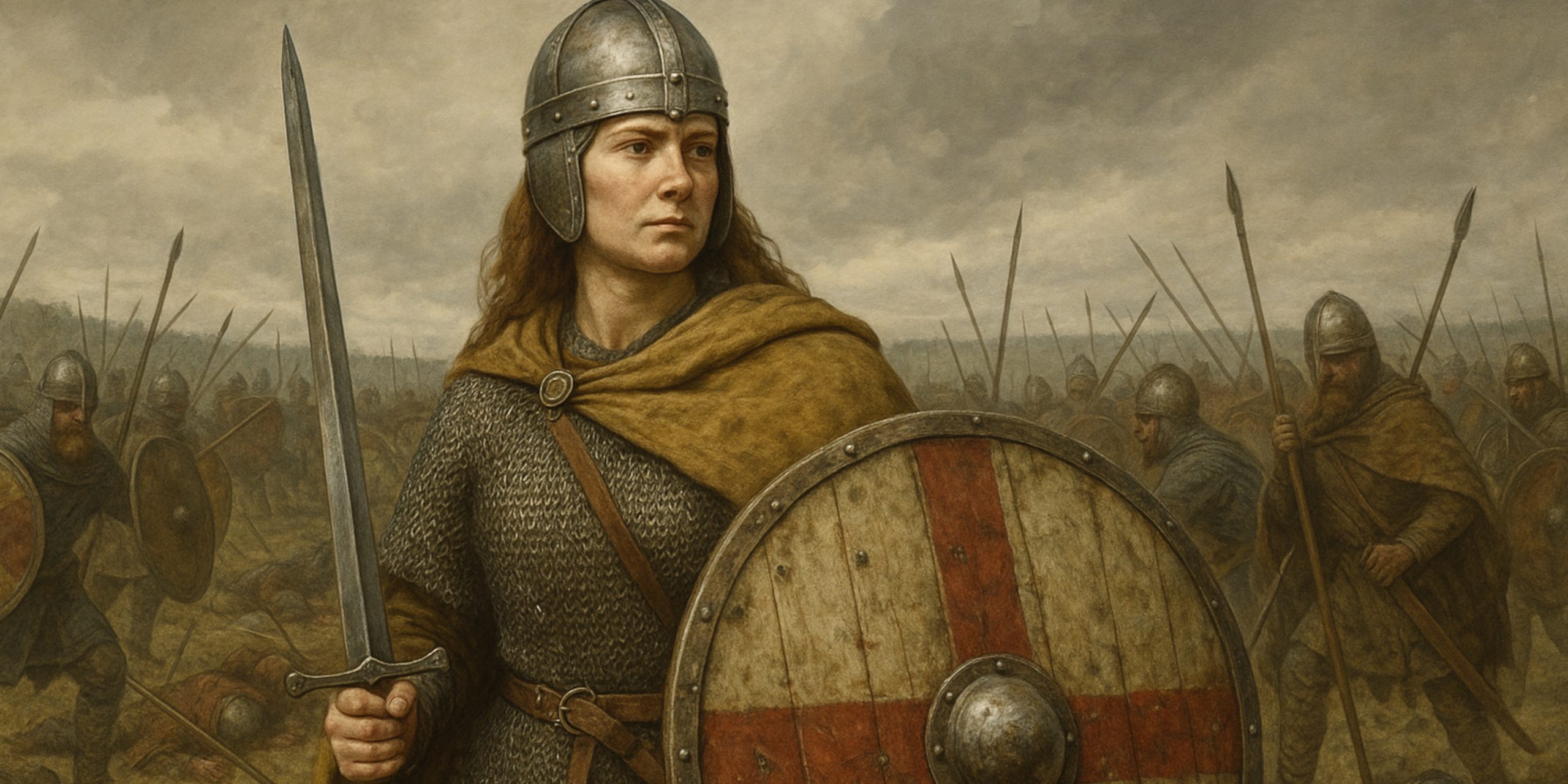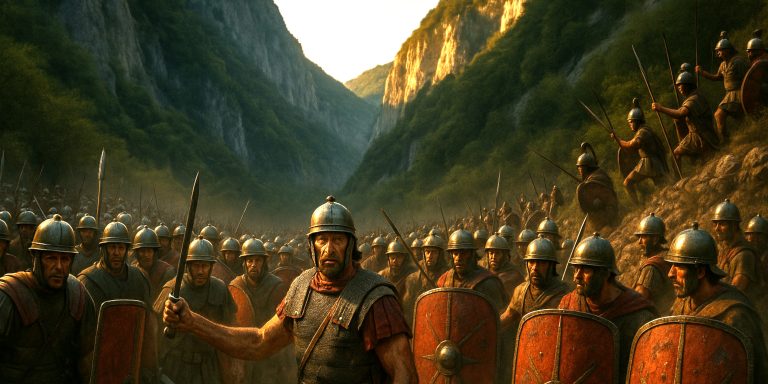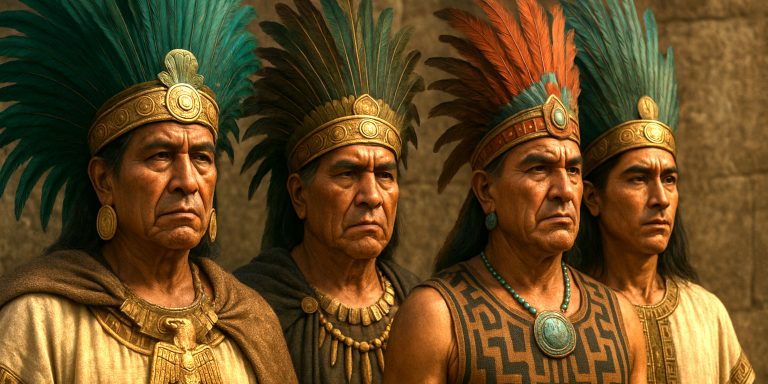
Aethelflaed (Æthelflæd), Lady of the Mercians, was one of the most formidable leaders of early medieval England. As the daughter of Alfred the Great and wife of Æthelred, Lord of the Mercians, she played a defining role in defending and extending Anglo-Saxon power during a time of Viking incursion. Her military insight, political control, and cultural influence made her an exceptional figure in a period dominated by male rulers.
Arms and Armour
Though specific artefacts attributed directly to Æthelflæd have not survived, we can draw insights from what is known of late 9th and early 10th-century Anglo-Saxon warfare.
- Armour: Elite warriors of the time would have worn mail shirts (byrnies) made of interlocking iron rings. These were expensive and likely reserved for high-status individuals and their personal guards. Æthelflæd, commanding military campaigns, would have had access to such protection through her retinue.
- Helmets: Helmets in this period were rare and valuable. They were typically conical with nose-guards, as evidenced by surviving examples like the Coppergate helmet, though that is from an earlier century. Æthelflæd’s warriors likely wore something similar.
- Weapons: The spear remained the most common weapon, accompanied by the seax (a short sword or long knife) and sometimes the double-edged longsword, reserved for wealthier fighters. Shields were round, wooden, and often reinforced with iron bosses.
While it is not confirmed that Æthelflæd herself led troops on horseback or wielded arms in battle, her strategic presence and command authority are well documented.
Battles and Military Genius
Æthelflæd was more than a figurehead. After Æthelred’s health declined and following his death in 911, she took full control of Mercia and led campaigns to strengthen the Anglo-Saxon position against the Danelaw.
Key campaigns and actions include:
- Defence of Mercia: Even before Æthelred’s death, she was deeply involved in Mercian defence. Together, they worked to reinforce burhs (fortified towns), a strategy inherited from Alfred that helped resist Viking attacks.
- Battle for Derby (c. 917): Æthelflæd captured Derby from the Danes. This was one of the Five Boroughs of the Danelaw and a significant strategic win. Contemporary sources note the heavy cost, including the deaths of several of her own nobles.
- Capture of Leicester (918): Without battle, the town surrendered to her. This was a significant sign of her growing influence and military dominance.
- Political Diplomacy: Not only did she wage war, but Æthelflæd also negotiated effectively. The men of York reportedly offered her their allegiance shortly before her death, though this did not come to fruition due to her passing.
Her campaigns were part of a broader movement led with her brother Edward the Elder to unite England under a single rule, foreshadowing the later unification achieved by their descendants.
Where to See Artefacts from Her Reign
Direct artefacts associated with Æthelflæd are rare, but items and sites from her era can still be explored:
- Tamworth Castle and Town: Æthelflæd restored Tamworth and used it as her power base. The castle site, though largely rebuilt in later centuries, stands where her political centre once lay.
- Staffordshire Hoard (Birmingham Museum): While slightly earlier than Æthelflæd’s time, the hoard gives insight into the martial culture of Mercia. The craftsmanship of the sword fittings and goldwork reflect the warrior elite to which Æthelflæd belonged.
- Chester and Gloucester: Both towns were fortified or developed under her direction. The urban planning and defensive structures reflect the burh-building strategy used to resist Viking incursions.
- Museum of Lincolnshire Life and Leicester Museum: These hold artefacts from Danelaw towns she recaptured, offering contextual material from her campaigns.
Latest Archaeological Findings
Modern archaeology has begun to cast more light on Æthelflæd’s world. Excavations in Tamworth have unearthed evidence of significant urban development in the late 9th and early 10th centuries, confirming her role in re-establishing Mercian strength.
In Chester, digs have shown renewed construction activity and the development of defences around the period of her campaigns, aligning with her known military focus on the area. Similarly, recent work in Derby has revealed destruction layers and shifts in material culture consistent with the Anglo-Saxon reoccupation.
Finds of inscribed objects, such as lead seals and coin hoards, help trace the reach of her authority. While still relatively sparse, the archaeology increasingly confirms Æthelflæd’s impact not just as a ruler but as a builder of towns and a strategist.
Legacy
Æthelflæd’s reign was short but highly consequential. She remains one of the few female rulers in Anglo-Saxon England to exercise real military and political power. Unlike some later queens or noblewomen who ruled through regency or familial association, Æthelflæd earned the title “Lady of the Mercians” through competence and command.
Her death in 918 marked the end of Mercian independence. Her daughter Ælfwynn briefly succeeded her but was soon removed by Edward the Elder, consolidating Wessex control. Yet Æthelflæd’s achievements played a vital part in laying the groundwork for a unified English kingdom.
She was buried at St Oswald’s Priory in Gloucester, a site she founded and which remained closely tied to her legacy. Today, she is remembered not just as Alfred’s daughter or Edward’s sister, but as a leader in her own right. Her story continues to reshape perceptions of power, gender, and leadership in early medieval Britain.
Watch the documentary:



